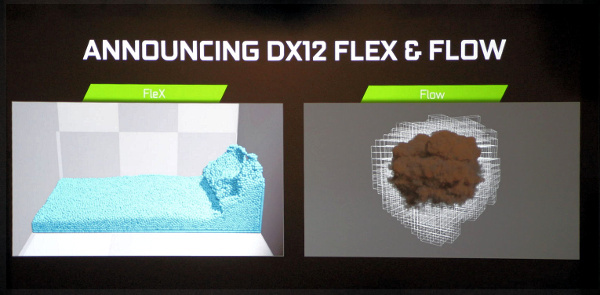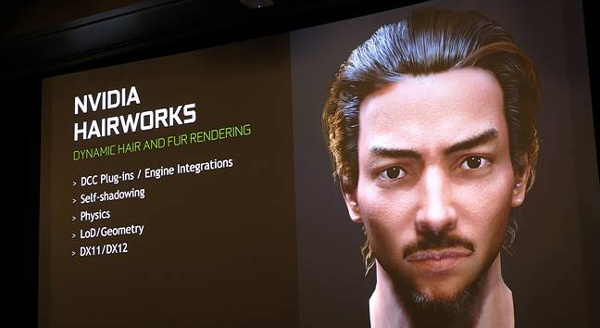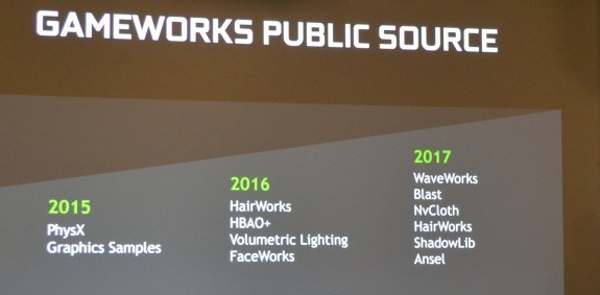dr_rus
Member
The slides are talking about performance improvement that is the marketing DX12 used.
Not that it would be easy, or do mean more like Dx12 marketing on games?
Because a lot of games if i'm not mistaken just did d3d11 on d3d12 ports.
The slides are talking about lack of performance improvements actually and provide figures like +10% in GPU limited scenarios which are way more grounded in reality and practice than the outlandish claims of +XXX% gains we've had from MS and h/w vendors a couple of years ago. And +10% percent in a GPU limited scenario is pretty regular between IHV driver updates for example.
A lot of games will do DX11 to DX12 ports for a long time to come since there are still a lot of people who don't and don't even plan to use Windows 10. What's more important, it's absolutely not a fact at the moment that doing a purely DX12 renderer will produce a faster renderer than "porting" an existing DX11 to DX12 one would. The potential is there but the underlying hypothesis that DX11 is underutilizing current GPU h/w seems more and more shaky with each new DX12 release. Basically, unless your DX11 renderer is heavily CPU limited right now (the only example is AotS right now? even there it's mostly true for AMD h/w only) you won't get much from DX12, no matter if it's a "port" or a "built from scratch for DX12" effort.





